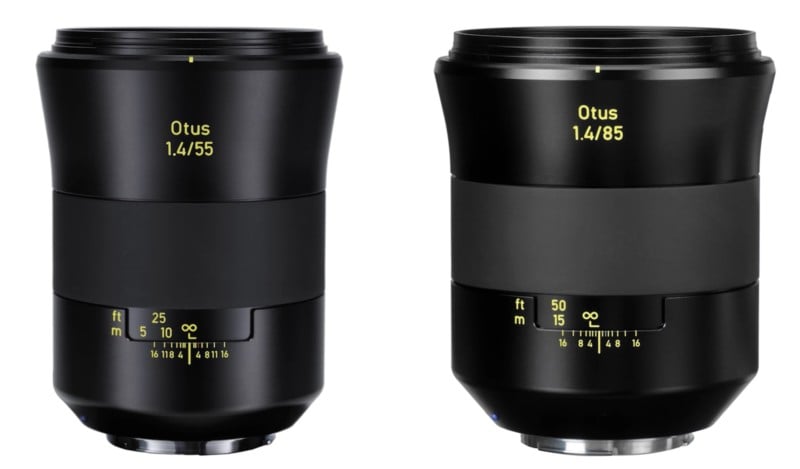F-Stops vs T-Stops: The Difference Explained in Plain English
Ever wonder what the difference between an F-stop and a T-stop is? If you’ve never bothered to look up and understand this bit of light transmission trivia, listen up: this simple video does the work for you.
The F-stop is a theoretical value, while the T-stop is an actual tested value. So while both the Zeiss Otus 55mm f/1.4 and 85mm f/1.4 lenses have a wide-open F-Number of 1.4, they actually transmit different values. According to DxOMark’s tests, the 55mm Otus transmission is T1.5 while the 85mm Otus transmission is T1.7.

Which brings us to the question you’re probably asking yourself right now: why do most photography lenses use F-stop and cinema lenses use T-stop? The YouTuber “>wolfcrow explains this.
According to him, there are three reasons photography lens manufacturers don’t bother with T-stops:
- In-camera light metering will compensate for the minor exposure difference between two different lenses with the same F-stop but different T-stops.
- The biggest transmission difference you’ll get is about 1/3 of a stop, which is no problem to fix in post-processing.
- T-stop testing every new lens is expensive and time consuming; because of reasons 1 and 2, it’s not worth the investment for photography lenses.
Cinematography, on the other hand, is more complicated. Multiple scenes, sometimes captured on multiple days, and often consisting of multiple angles shot with multiple lenses means correcting exposure in post can be expensive. Plus, even if new tech means all you’re saving is minutes per day, those minutes can cost thousands on a huge production.
Modern camera technology makes F-stops a viable option for today’s filmmakers, but the top cinema lenses still guarantee the real-world exposure of T-stops.
![]()
And there you have it. Check out the video up top to see these concepts explained visually, and if you want to take a deeper dive into aperture and F-stops, click here.
Update on 10/18/22: This article originally featured an explanation video by the YouTuber wolfcrow, but that video has since been taken offline since the publication of this article. We have replaced it with a similar explanation by photographer Matt Granger.